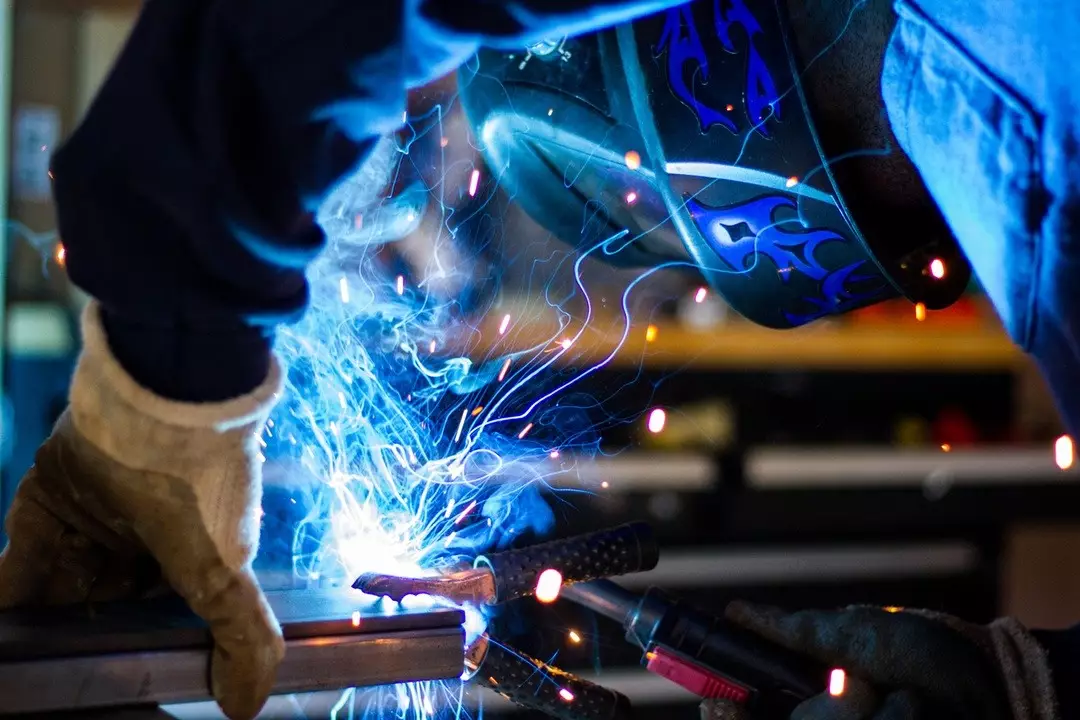Protecting Eyes on the Job

Each day a staggering 2000 American workers experience a job-related eye injury. A third of eye injuries are treated in hospital. In addition, a high percentage of these injuries result in workers taking one or more days off work to recover. It is no surprise then that the U.S. Department of Labor reports that eye injuries come at a high price, costing business over $300 million per year due to lost productivity, medical expenses, and workers compensation.
Common culprits of eye injuries include wood chips, dust, cement chips, nails, and staples but eye injuries can also be sustained from chemical and thermal burns and occupation-specific sources, such as “welder’s flash.” Health care workers also experience occupation-specific eye injuries. As reported by the Centers for Disease Control, “Infectious diseases can be transmitted through the mucous membranes of the eye as a result of direct exposure (e.g., blood splashes, respiratory droplets generated during coughing or suctioning) or from touching the eyes with contaminated fingers or other objects.” Because there are so many causes, eye injuries are common across sectors, but like so many accidents on the job, most eye injuries can be prevented with the right education and training. Today’s post discusses common eye injuries, prevention measures, emergency care, and how to introduce eye protection awareness and training with an affordable online program that is designed to reach your employees on their own time and in their own locations.

When and Why Eye Injuries Occur on the Job
Eye injuries commonly occur when one or more of the following factors are present:
- Falling debris.
- Unclear and chaotic conditions with inadequate rubbish facilities and/or clean up equipment (e.g., no brooms to sweep up excess sawdust).
- Untrained workers using tools that frequently result in eye injuries (e.g., saws and welding equipment).
- Lack of eye protection (e.g., safety goggles).
- Eye protection not being used or not being used properly.
- Eye protection being worn but in poor condition.
- Eye protection being worn but in the wrong form for the specific task at hand.
Controls for Eye Injuries
Controls can drastically reduce eye injuries, as well as ocular infection exposures. Face shields, goggles, and safety glasses are critical forms of protection but bear in mind that different types of jobs require different types of eye protection. After all, the safety glasses worn in a laboratory setting are different than those worn on a construction site and a welder wearing plastic safety glasses made for a construction or lab worker will not be protected at all. It is just as essential that time is taken out to ensure that equipment is in good condition, fits the employee properly and that the employee knows how to correctly wear and take care of their protective eye gear.
Emergency Responses to Eye Injuries
The best protection is prevention but accidents do happen. If and when there is an eye injury in your workplace, respond as follows:
For dust and other small objects in the eye:
- Avoid rubbing eyes.
- Flush the eye with as much water as possible
- See a doctor if redness and pain continue.
For cuts, punctures and foreign objects:
- In this case, do not wash out the eye.
- If there is an object lodged in the eye, do not attempt to remove the object yourself.
- Immediately seek out medical attention.
For chemical burns:
- Immediately flush out the eye with water or any drinkable liquid if you have no water on hand. Continue flushing until you reach an emergency room. If there is a contact lens in the eye, do not attempt to take it out prior to flushing.
- Immediately seek out medical attention.
For blows to the eye:
- Apply a cold compress but with no pressure.
- If pain continues, vision is blurred or reduced, or there is blood or discoloration in the eye, seek out medical attention.
Developing an Eye Protection Training Program in Your Workplace
Education and training are key steps to preventing eye injuries in the workplace and responding to them in an effective manner when they do occur. To initiate your training program see eLeap’s training video library, which includes a range of safety training videos, including Eye Protection.